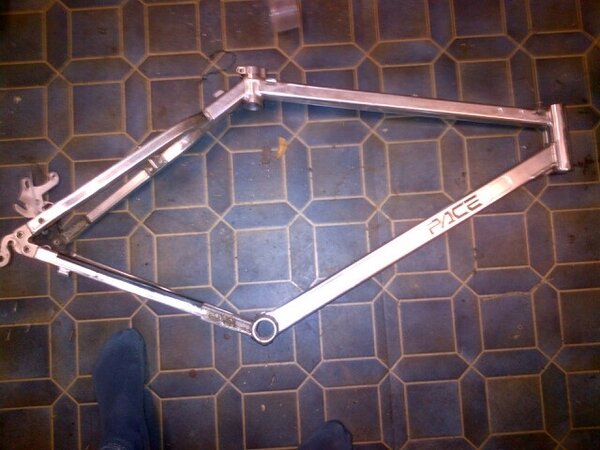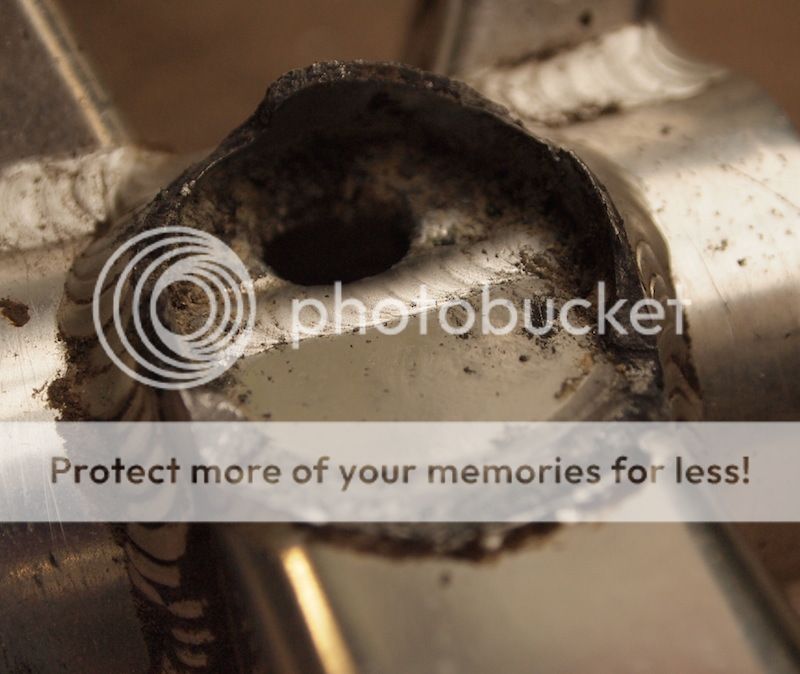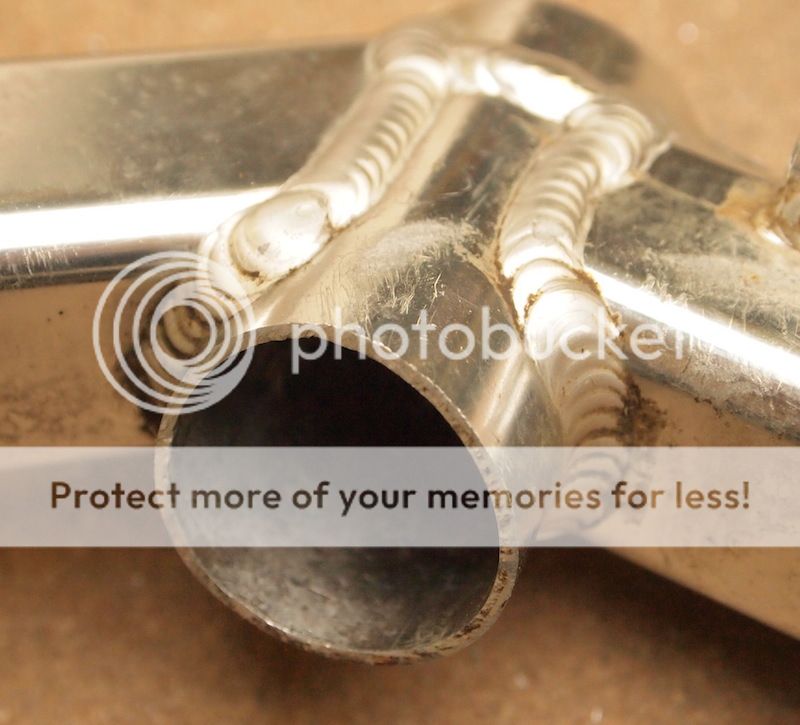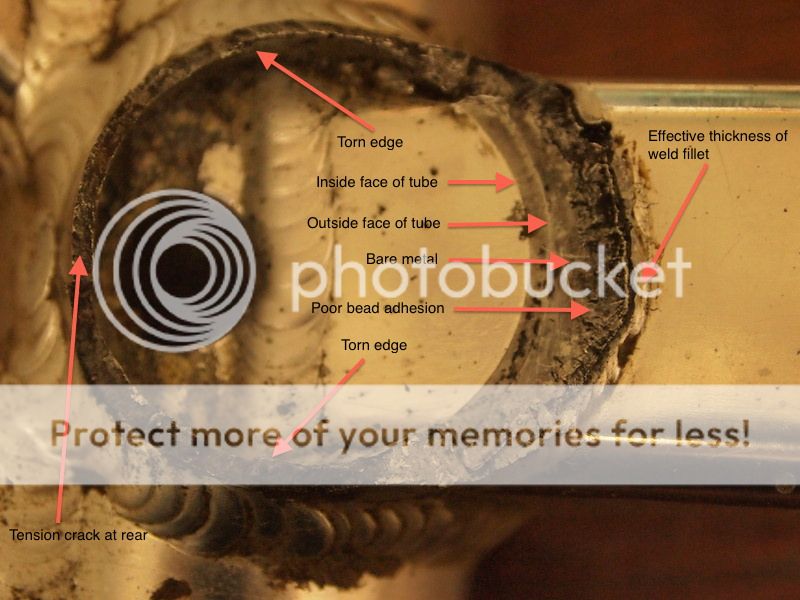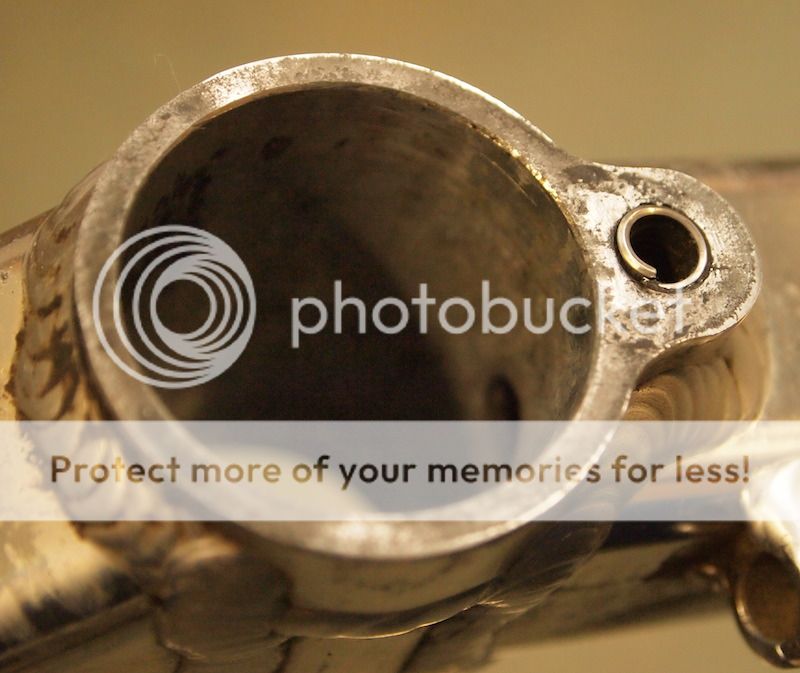Hi thought I would share the restoration and build of this frame that is poorly, going to Fixie it as want a training winter steed for the gravel.
The story of the missing seat tube is as follows, the frame was purchased from a guy that used to live in Sheffield he then moved to the Isle Of Man gave or sold frame to a guy on the island that organises a race on the island, as a price the seat tube was cut out mounted on something and given as a prize to a finisher or winner.
If any of this is wrong I apologise but that's the reason the seat tube is cut out, I just have the fun of having one put back in do I go square (RC100) or Round? Always liked the all square tubes of the early Pace
Well will keep you posted on the restoration and build but any suggestion on kit colour ect ect feel free to post as should be fun.
Papillon
The story of the missing seat tube is as follows, the frame was purchased from a guy that used to live in Sheffield he then moved to the Isle Of Man gave or sold frame to a guy on the island that organises a race on the island, as a price the seat tube was cut out mounted on something and given as a prize to a finisher or winner.
If any of this is wrong I apologise but that's the reason the seat tube is cut out, I just have the fun of having one put back in do I go square (RC100) or Round? Always liked the all square tubes of the early Pace
Well will keep you posted on the restoration and build but any suggestion on kit colour ect ect feel free to post as should be fun.
Papillon
